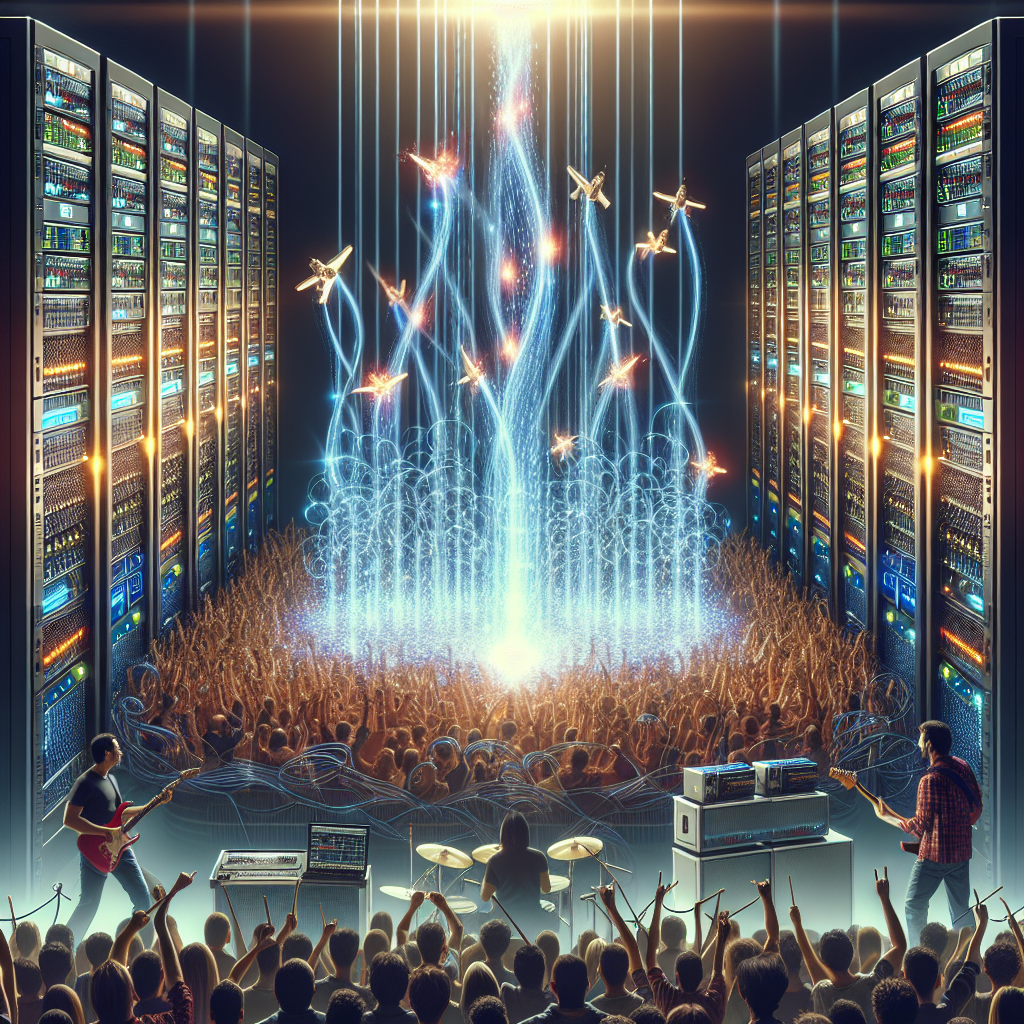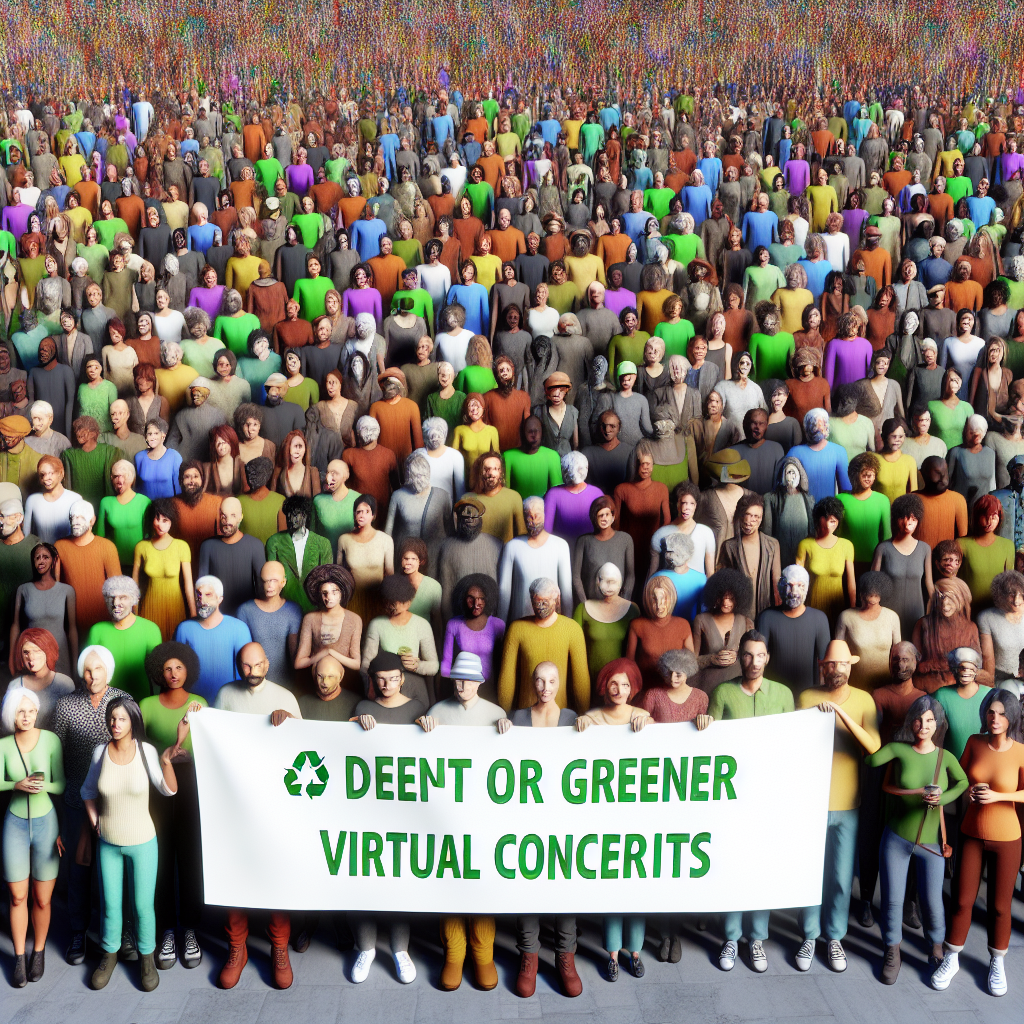In our fast-paced world where change has become a constant companion, we are witnessing an interesting phenomenon – virtual concerts are becoming the norm. But what does this shift mean for us as consumers, and more significantly for energy consumption?
The Issue at Hand
Behind these glittery screens and seamless digital experiences hide tech companies that aren’t telling us about their enormous power requirements – yes, both figuratively and literally.
My Position
I posit that while these online events offer social benefits in our era of isolation; they also carry with them underlying environmental considerations hitherto unexplored.

Supporting Evidence
Data from leading research institutes highlight how streaming platforms amass significant energy demands. Notably, powering data centers necessary to host these virtual gigs entails substantial electricity outlays. Imagine millions of viewers logged into one such event; it paints quite a chilling picture from an energy perspective.
Counterarguments
Critics argue that physical concerts too have their share of carbon emissions with fans driving down to venues or artist’s touring activities. I won’t deny this; however it doesn’t absolve us from acknowledging or addressing the eco-impact of their digital counterparts.
Real-World Examples
The recent ‘One World: Together at Home’ concert streamed across multiple platforms is testimony to my argument here – while it united people globally amidst pandemic-induced anxiety, its electric load was immense.

Historical Precedents
Last century saw radio and television broadcasts as the zenith of remote entertainment, but their impact was rather localized. Today, our high-definition livestreams stretch across continents in real-time.
Personal Experience
I have been an eager participant in these virtual soirees, basking in the comfort of my living room. But upon learning about their energy implications, I am led to reconsider this newly formed habit.
Call to Action
We need appropriate legislation on digital platform operations as well as consumer awareness campaigns that highlight this issue effectively. Tech companies themselves must aim for net-zero emissions by optimizing their server usage and investing in renewable energy sources.

I envision a future where we are not just mindful of our choices, but they inherently spell sustainability. Green IT protocols can help steer us toward such a horizon – with innovative solutions like AI-based load balancing or solar-powered data centers making virtual concerts less taxing on resources.
The greenroom may have transitioned online, but its energy-related ghosts remain unshaken; it’s time we shine some LED light into these dark corners for a more sustainable era of entertainment.
